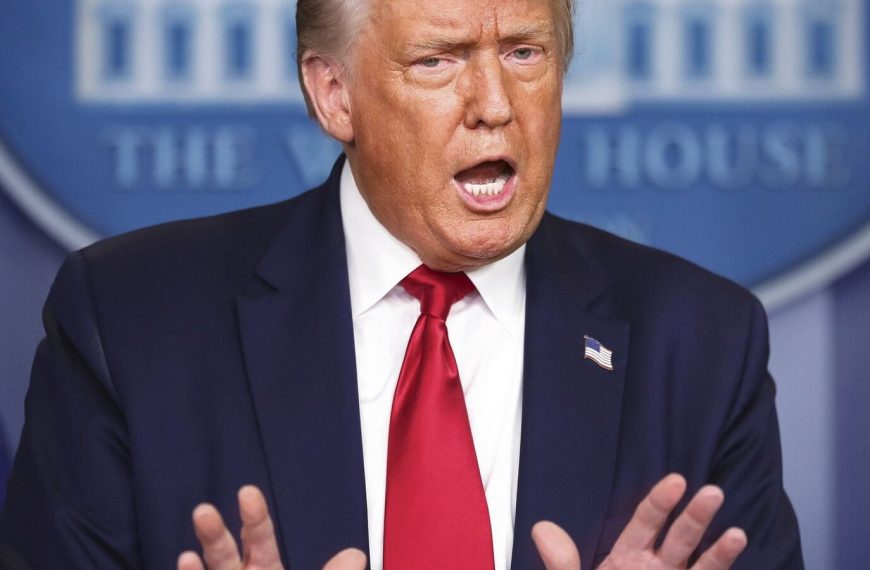Revisiting Minimum Reserve Requirements: A Potential Shift in ECB Policy
A recent discussion within the European Central Bank (ECB) has sparked significant interest regarding the future of minimum reserve requirements (MRR) for commercial banks. ECB Governing Council member, Robert Holzmann, proposed a potential increase in the unremunerated minimum reserves from the current 1% to a range of 5% to 10%. This change aims to alleviate the substantial implicit subsidy banks enjoy, while simultaneously bolstering the balance sheets of central banks.
Current Minimum Reserve Requirements
Currently, financial institutions are mandated to maintain 1% of certain liabilities, primarily customer deposits, at the ECB as part of the MRR policy. Holzmann, speaking at a recent event in London, expressed concerns that some national central banks may struggle for years to recover from their financial setbacks. He noted that it might take until the 2040s for these banks to rebuild their reserves, potentially jeopardizing their independence.
Reactions from the Banking Sector
The prospect of increasing the MRR has not been well-received by banking lobbyists, who argue that such a move would function akin to a tax and could hinder lending activities. Holzmann had previously introduced the idea of raising the MRR in 2023, prompting significant backlash from the banking community. Nonetheless, Joachim Nagel, head of the Bundesbank, has shown support for a higher reserve requirement.
Recent Developments in ECB Strategy
Despite the ongoing discussions, the ECB chose to maintain the MRR at 1% during its last review of the operational framework. Although the bank is reevaluating its monetary policy strategy, it appears that the MRR adjustment may not be a focal point in these discussions.
Financial Struggles and Future Outlook
Central banks throughout the Eurozone and beyond are grappling with financial challenges. These difficulties stem from extensive asset-purchase programs initiated during periods of low inflation, compounded by the swift rise in interest rates following the pandemic. Notably, Germany’s Bundesbank reported a staggering shortfall of €19.2 billion (approximately $20.1 billion) for 2024—its first deficit since the 1970s and the largest ever recorded.
Despite these losses, Nagel believes that the downturn has likely reached its peak and that future profits will help offset these deficits. He, along with other ECB officials, emphasizes that the central bank’s primary role is to maintain price stability rather than focus solely on profitability. However, as Isabel Schnabel, an Executive Board member, pointed out, there can be implications for credibility, even if central banks don’t operate as profit-maximizing entities.
Conclusion
The conversations around changing the MRR highlight the delicate balance central banks must maintain between ensuring financial stability and managing their operational frameworks. As the ECB continues its evaluation, the potential for policy adjustments remains a critical focal point for both the banking sector and economic stability across Europe.











